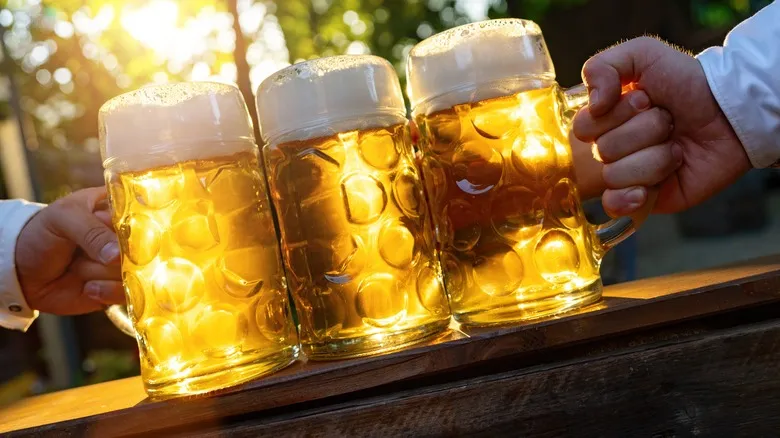Tonic water
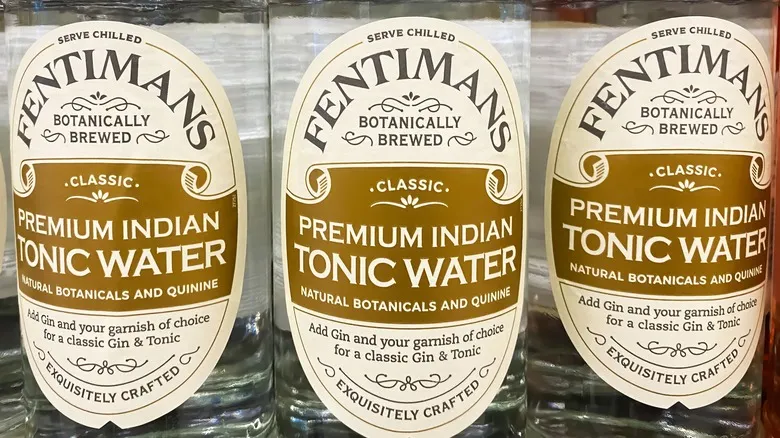
Tonic water has been a popular cocktail mixer for many years (gin and tonics, anyone?), so it might not come as a surprise that it pairs well with beer too. Essentially, tonic water is a combination of carbonated water and quinine, a bitter substance derived from the bark of the cinchona tree found in South America. Originally used to combat malaria, quinine has found a new purpose as the bitter flavoring that gives tonic water its distinctive taste.
The bitterness of quinine is what makes tonic water appealing, as it closely resembles the hoppy bitterness found in beer. If you find yourself with a lackluster lager, adding a splash of tonic water can invigorate your palate and restore that missing bitter kick. Just be cautious not to overdo it, as too much can make it overly bitter (a good ratio is about ¼ tonic to ¾ beer). Additionally, since tonic water is carbonated, it can serve as a quick remedy for a beer that has gone flat.
Club soda and seltzer

If you're looking for beers that offer a good amount of flavor (as much as inexpensive beers can, at least) but lack the fizz that tickles your tongue, consider using club soda or seltzer as mixers. Although many people use these terms interchangeably, there are subtle distinctions worth noting before making a purchase.
Club soda is carbonated water that has been infused with a small amount of minerals. This means that while the drink still tastes primarily like water, it has a slight "crisp" flavor reminiscent of spring water. In contrast, seltzer is free of minerals, providing you with essentially pure carbonation in a bottle. Its lack of any notable flavor sets it apart from tonic water. This characteristic makes it a great mixer if you're simply looking for effervescence to revive a flat beer.
However, exercise caution when adding these mixers to your beer. While they will introduce some carbonation, they will also dilute the beer since they contribute no flavor of their own. To preserve the beer's original taste, pour gently. If you pour too aggressively, you risk washing away the flavors that the inexpensive beer has to offer.
Your choice of fruit juice
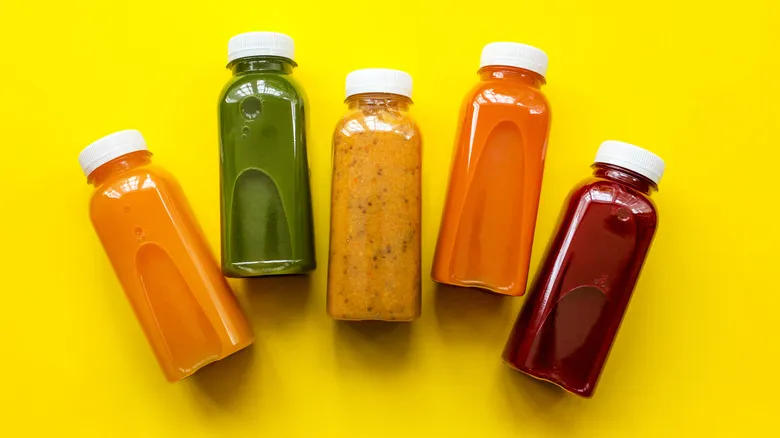
While we’re venturing into the realm of mixed drinks and cocktails, if the beer starts off tasting low-quality, you won’t be losing much by adding a little creativity. For those who enjoy a sweeter beverage, consider blending equal parts beer and fruit juice.
Any fruit juice can be used, but we suggest choosing one with a nice tartness, such as citrus juices. This mix is commonly referred to as a shandy in various regions around the globe. Traditionally, shandies are created by combining lager beers with lemonade, but there are also delicious variations that incorporate orange, grapefruit, or berry juices. The resulting drink is delightful: the sweetness of the juice combined with the acidity harmonizes beautifully with the beer's bitterness.
Keep in mind that this method works best with lighter beers, such as lagers, wheat beers, or pale ales. Dark stouts, like canned Guinness, will need a different approach.
Cola

Whether you prefer Coke or Pepsi, combining them with beer creates a unique beverage known in Germany as Colabier. This unusual blend works for a couple of reasons. First, cola shares a similar dark, caramel-like hue with dark stouts, allowing them to mix in a glass without looking too strange (though it can also be paired with light lagers). Second, the sugary soda adds a delightful sweetness and a touch of dizziness to the beer, which is well-known. Since cola is already quite sweet on its own, it's advisable to use it sparingly—a seven-to-three ratio of beer to cola will yield a tasty drink without becoming overly sweet.
This method is best suited for beers that aren't heavily hopped. Trust us, most people won't enjoy the combination of sweet cola with a bitter beer. When we tried it ourselves, the result was reminiscent of "cough syrup."
Apple cider
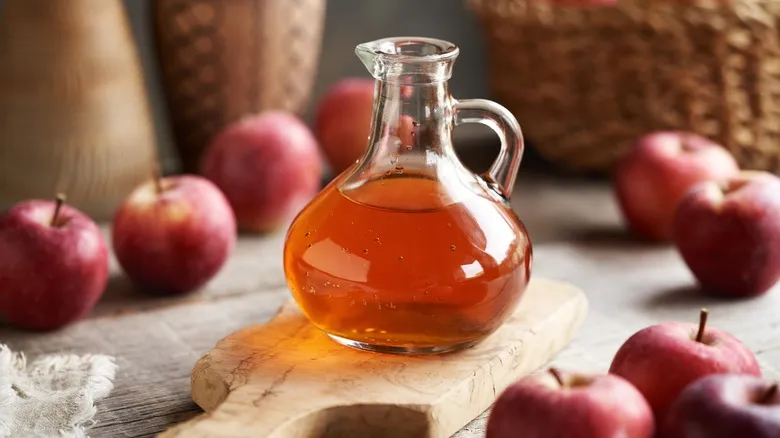
Although apple cider's sweet and tangy taste may not evoke a summer atmosphere (it's more suited for fall or winter), you can certainly give it a try if you have a bottle on hand. In a pilsner glass, mix equal parts of chilled apple cider and your affordable beer. Gently stir to combine the cider's sweet and tart flavors with the beer.
While this simple recipe already elevates the blandness of cheap beer, if you have a well-stocked pantry and some free time, consider taking it a step further and transforming it into a full cocktail. Cinnamon complements apple cider beautifully; you can either sprinkle cinnamon powder on top for an extra kick or add cinnamon sticks directly into the glass. For the finishing touch, garnish with either sliced apples to pay tribute to the cider or orange slices to enhance the drink's golden-orange hue. And there you have it—a delightful apple cider shandy, perfect for enjoying on a leisurely afternoon or at a casual gathering!
Recommended
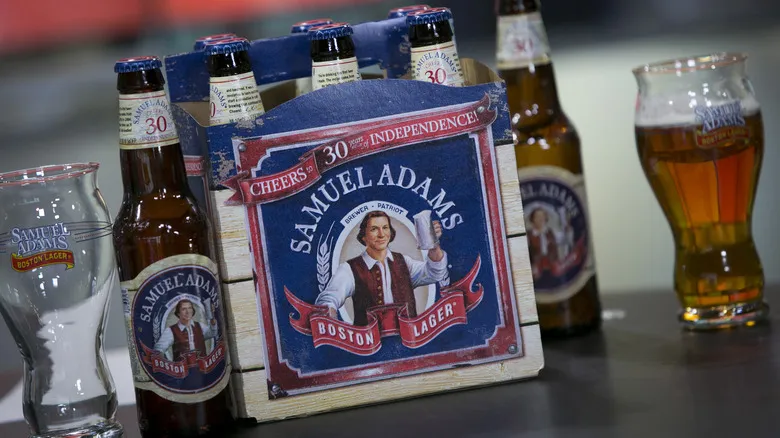
How Long Beer Lasts In Cans Vs Bottles
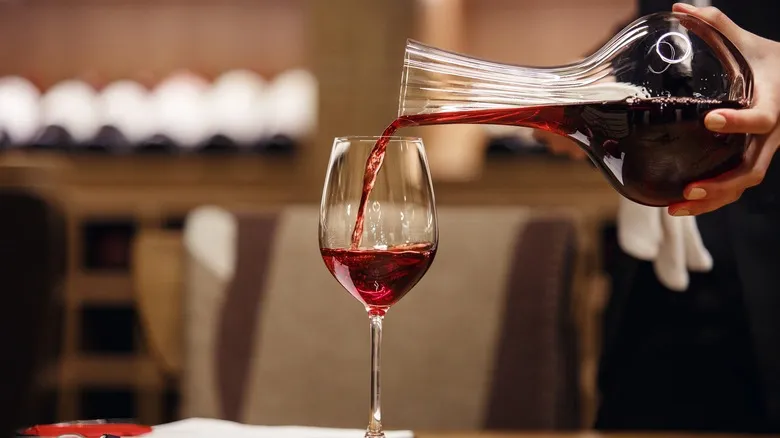
What Is A Wine Decanter And Who Actually Needs One?

12 US Cities Every Beer Lover Should Visit
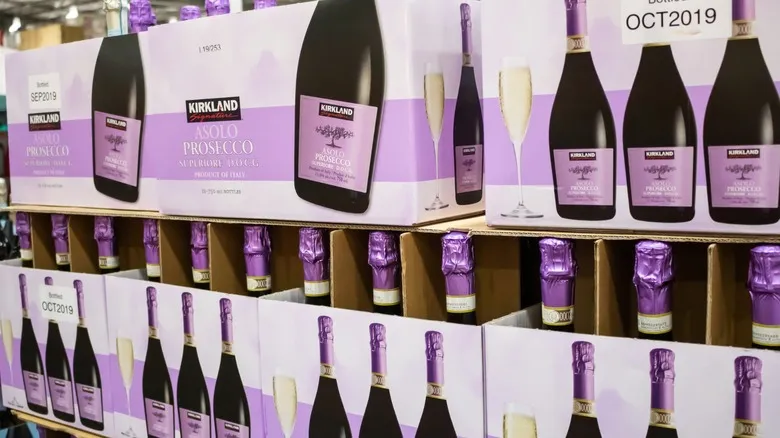
Why Costco's Kirkland Brand Prosecco Is A Big Deal
Next up

